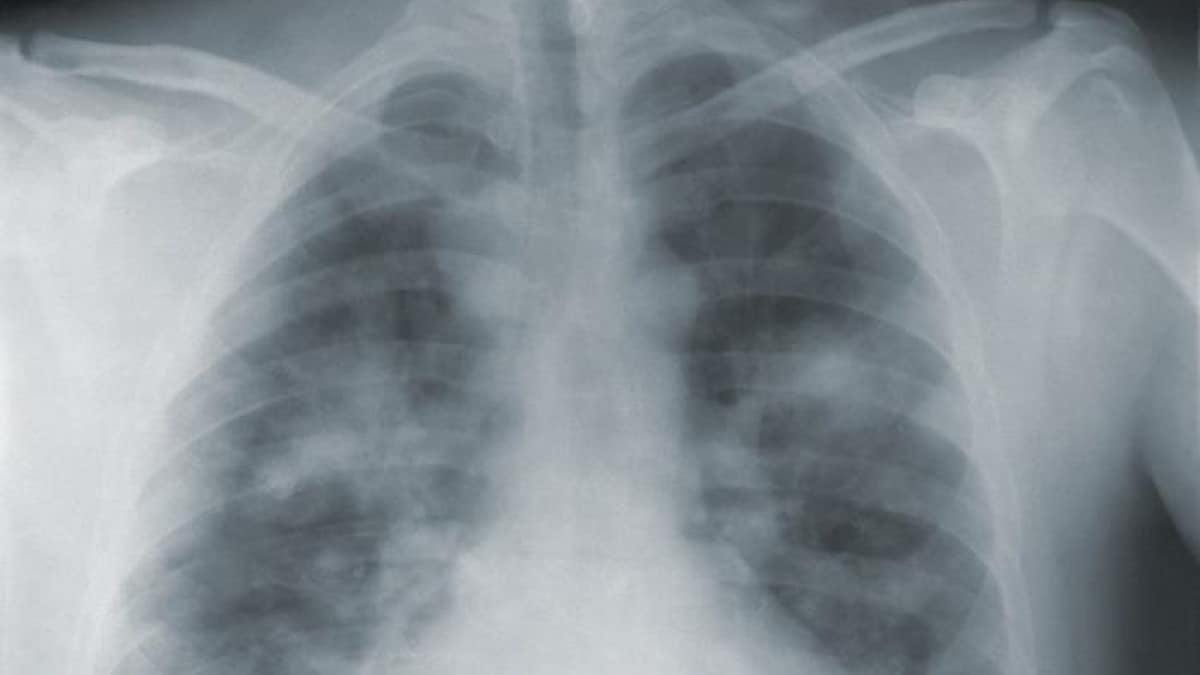June 17, 2022
Allison W. Siu, DVM1; Courtney Tillman, MPH2; Clay Van Houten, MS2; Ashley Busacker, PhD2,3; Alexia Harrist, MD2
In September 2021, the Wyoming Department of Health (WDH) was notified of a suspected case of pneumonic plague in an adult who was admitted to a Wyoming hospital following a 48-hour history of worsening cough, dyspnea, and acute onset of hemoptysis. The patient reported no recent travel history or ill contacts but noted interacting with two pet cats that were ill. Health care providers initially suspected COVID-19 because of compatible symptoms, no history of COVID-19 vaccination, and increased SARS-CoV-2 (the virus that causes COVID-19) community transmission in Wyoming during this period.
Approximately 48 hours after symptom onset, the patient received a negative SARS-CoV-2 antigen test result at a provider’s office. The patient was hospitalized later that day for worsening symptoms and received two negative SARS-CoV-2 laboratory-based nucleic acid amplification test results. Lung imaging was consistent with community-acquired pneumonia. Respiratory specimens tested negative for common viral pathogens on a respiratory panel. Within 48 hours of admission, the patient required mechanical ventilation and developed sepsis. The patient was treated for pneumonia and sepsis with azithromycin, piperacillin-tazobactam, and vancomycin. Seventy-two hours after the patient was admitted to the hospital, blood and sputum cultures did not indicate a causative pathogen. Because of the patient’s history of exposure to cats that were ill, an infectious diseases specialist recommended repeating a sputum culture with Gram stain and empiric treatment with ciprofloxacin. Gram-negative bacilli were detected, and the Wyoming Public Health Laboratory subsequently confirmed Yersinia pestis as the pathogen. ...
Allison W. Siu, DVM1; Courtney Tillman, MPH2; Clay Van Houten, MS2; Ashley Busacker, PhD2,3; Alexia Harrist, MD2
In September 2021, the Wyoming Department of Health (WDH) was notified of a suspected case of pneumonic plague in an adult who was admitted to a Wyoming hospital following a 48-hour history of worsening cough, dyspnea, and acute onset of hemoptysis. The patient reported no recent travel history or ill contacts but noted interacting with two pet cats that were ill. Health care providers initially suspected COVID-19 because of compatible symptoms, no history of COVID-19 vaccination, and increased SARS-CoV-2 (the virus that causes COVID-19) community transmission in Wyoming during this period.
Approximately 48 hours after symptom onset, the patient received a negative SARS-CoV-2 antigen test result at a provider’s office. The patient was hospitalized later that day for worsening symptoms and received two negative SARS-CoV-2 laboratory-based nucleic acid amplification test results. Lung imaging was consistent with community-acquired pneumonia. Respiratory specimens tested negative for common viral pathogens on a respiratory panel. Within 48 hours of admission, the patient required mechanical ventilation and developed sepsis. The patient was treated for pneumonia and sepsis with azithromycin, piperacillin-tazobactam, and vancomycin. Seventy-two hours after the patient was admitted to the hospital, blood and sputum cultures did not indicate a causative pathogen. Because of the patient’s history of exposure to cats that were ill, an infectious diseases specialist recommended repeating a sputum culture with Gram stain and empiric treatment with ciprofloxacin. Gram-negative bacilli were detected, and the Wyoming Public Health Laboratory subsequently confirmed Yersinia pestis as the pathogen. ...
